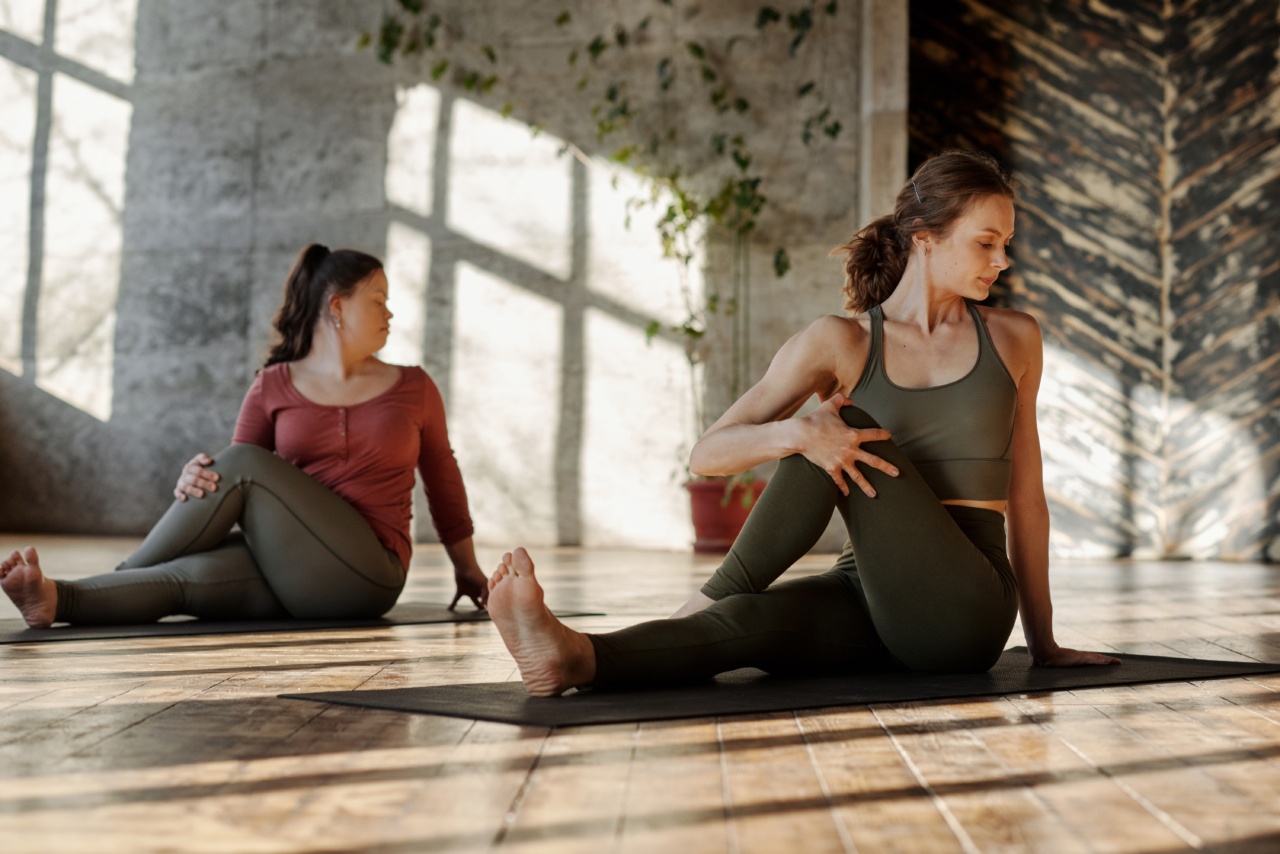In recent years, primal workouts have gained popularity among fitness enthusiasts. These workouts mimic the movements of our ancient ancestors, who had to hunt, gather, and survive in the wild.
Primal workouts are designed to challenge the body in a natural way, using movements that are functional and practical. They can help you not just to improve your physique, but also to unleash your inner beast and tap into your primal instincts.
What Is a Primal Workout?
A primal workout is a type of fitness routine that focuses on movements that are natural and functional. It involves using your body in ways that it was designed to move.
These exercises include squatting, jumping, crawling, pushing, pulling, throwing, and lifting. Unlike most traditional workout routines, primal workouts do not require fancy gym equipment or machines. Instead, they use your own bodyweight and natural surroundings to challenge your muscles, balance, coordination, and agility.
The Benefits of a Primal Workout
Primal workouts offer a range of benefits that can improve your overall health and fitness. Here are some of the main benefits of a primal workout:.
- Improves strength and muscle tone: Primal workouts use compound movements that work multiple muscles at once, leading to greater strength and muscle tone.
- Increases flexibility: Primal workouts involve movements that require a wide range of motion, improving your flexibility and mobility.
- Boosts cardiovascular health: Primal workouts can be designed to elevate your heart rate and improve your cardiovascular endurance.
- Develops functional movement skills: Primal workouts focus on movements that are practical and useful in daily life, such as crawling, carrying, or throwing.
- Enhances mental toughness: Primal workouts can challenge your mental resilience and tap into your primal instincts, increasing your mental toughness and willpower.
The Key Elements of a Primal Workout
To unleash your inner beast with a primal workout, you need to follow some key principles:.
- Move naturally: Focus on movements that mimic the way your body was designed to move, such as squatting, lunging, jumping, or climbing.
- Use your bodyweight: Use your own bodyweight as resistance and increase the intensity by manipulating angles, leverage, or tempo.
- Embrace the outdoors: Primal workouts are best done in nature, using rocks, logs, hills, or other natural features to challenge your body and mind.
- Play and have fun: Primal workouts should be playful and enjoyable, allowing you to tap into your primal instincts and let go of your fears and doubts.
- Gradually increase intensity: Start with basic movements and gradually increase the difficulty by adding variations, complexity, or volume.
- Listen to your body: Respect your limitations and do not push yourself beyond what your body can handle, especially if you are a beginner.
Examples of Primal Exercises
Here are some examples of primal exercises that can be incorporated into a workout routine:.
- Animal movements: Mimic the movements of animals such as bear crawls, crab walks, frog jumps, or grasshopper strides.
- Natural movements: Use natural features of the environment such as climbing trees, jumping over logs, or carrying rocks.
- Bodyweight exercises: Use your own bodyweight for resistance, such as push-ups, pull-ups, squats, or lunges.
- Partner exercises: Work with a partner to add variety and challenge, such as playing catch with a heavy ball or carrying each other.
- Impromptu exercises: Use any object you find in the environment to create an impromptu workout, such as using a fallen log as a bench or a rock as a weight.
Designing a Primal Workout Routine
A primal workout routine should be designed according to your fitness level, needs, and goals. Here are some tips to create an effective primal workout routine:.
- Warm-up: Start with a dynamic warm-up that prepares your body for the movements you will do. This can include jogging, jumping jacks, or mobility exercises.
- Main workout: Choose 3-5 exercises that target different muscle groups and functional movements. Perform 3-5 sets of each exercise with 8-20 repetitions, depending on your fitness level.
- Cardiovascular component: Incorporate some cardiovascular endurance training such as running, hiking, or cycling, to complement the strength training component.
- Cool-down and stretch: End with a cool-down that lowers your heart rate and stretches the muscles that were used in the main workout. This can include walking, yoga, or foam rolling.
- Variety and progression: Add variety to your workouts by changing the exercises, the intensity, or the duration. Gradually increase the difficulty as your fitness level improves.
Conclusion
A primal workout can be a fun and effective way to improve your fitness, boost your health, and unleash your inner beast.
By following the key principles of natural movement, bodyweight resistance, outdoor setting, playfulness, intensity progression, and self-awareness, you can tap into your primal instincts and reach your fitness goals. Whether you are a beginner or an advanced athlete, there is something primal for everyone.





























